Pollutants in children’s textiles are a no-go for consumers. Georg Dieners, Secretary General of Oeko-Tex, explains harmful substances in children’s textiles and how much consumers are now paying attention to the issue of sustainability.
What should manufacturers consider right from the start when producing children‘s textiles?
Georg Dieners, Secretary General of Oeko-Tex: Children‘s skin does not yet have the same functions and protective mechanisms as the skin of adults. Due to this, it is more exposed to all external influences and requires special protection. Clothing, bed linen and bedding as well as other textile products with which children come into contact should therefore not only be as soft and cuddly as possible.
It is also important that textile production ensures that limits for the use of chemicals are adhered to and that textiles are checked for harmful substances.
Print motifs often contain dangerous pollutants. What do you recommend to manufacturers who do not want to completely go without printing techniques?
If you want to be on the safe side before producing print motifs, you can take a look at ECO PASSPORT by Oeko-Tex: our certificate for chemicals, colorants and additives. The leather and textile chemicals that have been certified with Eco Passport were tested for harmful substances in critical concentrations and can therefore be used safely – even for printing. In order to also ensure the safety of the printed textiles for the consumers they can be marked with the Standard 100. The label identifies textile products which have been proven to be harmless to health in extensive laboratory tests. The label is only granted to those items that contain components which are all harmless. This includes outer fabrics such as woven or knitted goods, inserts as well as sewing threads and embroidery yarns, but also accessories made of metal or plastic (e.g. zippers, buttons etc.) as well as especially applied coatings or prints.
Many children‘s shoes are still made of leather. Most of the leather produced worldwide is tanned and treated with highly toxic chemicals. What are the alternatives in the market?
Since 2017, consumers have had the opportunity to look for the Oeko-Tex Leather Standard Label when buying leather goods. It signals that the labelled article has been successfully tested for chemicals that pose a health risk.
Particularly black dyed textiles contain a great number of harmful residues. Which environmentally and health friendly colors would you recommend?
Chemicals are basically used for all paints. To achieve the color depth required for black, different color pigments such as blue, yellow and orange must be combined. However, anyone who pays attention to the Standard 100 by Oeko-Tex label when purchasing does not have to worry about black textiles either because it is a guarantee that chemical limits, which are harmless to health, will be adhered to.
Chlorine is often used to bleach textiles. What is the alternative for manufacturers to bleach textiles?
An alternative to bleaching textiles with chlorine can be oxygen bleaching. The textile industry is already increasingly using this method.
The popular used-look of jeans is one of the worst processes that the textile industry can use in manufacturing. However, there are jeans companies that can avoid this process. What is their current approach? Are there companies that use alternative manufacturing methods? Which are these?
Jeans are among the most popular fabrics because they are modern and never go out of fashion. Many manufacturers use chemicals to create the so-called „used look“. However, washes and effects can also be created through innovative methods such as the laser treatment, which are more ecologically friendly.
Oeko-Tex offers manufacturers the regulations for a pollutant-free product. What do they consist of?
If manufacturers want to mark their products with the Standard 100 by Oeko-Tex label, they must already comply with certain international and legal product safety requirements during manufacturing. These are included in the comprehensive Standard 100 criteria catalog. Some of these are, for instance, the regulations on prohibited azo dyes, formaldehyde, nickel etc. The more intensive the skin contact with a textile product, the stricter the limits.
The aspect of sustainability is currently leading to a major change in the fashion industry as well. This was demonstrated during the September edition of the Munich Fabric Start, where many textile manufacturers presented products that were certified with the Gots, IVN and Oeko-Tex seals. How do you explain this rethinking?
The subject of sustainability is highly relevant at the moment and is gaining enormous importance once again as a result of politics. In addition, consumer awareness of ecological and social standards has increased considerably. The issues have reached the center of society and the industry urgently needs to react.
To what extent has the importance of Oeko-Tex seals among manufacturers increased in recent years?
In the financial year 2018/2019, Oeko-Tex granted over 21,000 standard 100 certificates in more than 104 countries, representing a growth of + 8% compared to the previous year. This shows that the issue of harmful substances in textiles is becoming increasingly relevant worldwide for the industry and consumers, who are guided by the Oeko-Tex label when buying safe products. Furthermore, more than 1,333 products were marked with the MADE IN GREEN label, which corresponds to a threefold increase compared to the previous year (30 June 2019). Above all, significant growth was achieved in Western Europe, but also in the Far and Middle East. We are very delighted about the positive developments in the international market and the indication that the textile industry is following this trend. Even though there is still much work to be done worldwide, we are nevertheless on the right path towards making production more sustainable on an international scale – for our environment and future generations.
Starting this year, the Kind + Jugend will list exhibitors with sustainable production separately. As a result, you will be given an even greater responsibility. What challenges will you face in the future?
The challenge in the coming years will remain the sensitization of both producers and consumers to the issue of sustainability in the textile and leather industry. We offer producers instruments and tools to make their commitment to sustainable and socially fair production visible. We also provide consumers with guidance so that they can make more conscious and responsible purchasing decisions.
You might be also interested in:
Seal of approval around sustainability – how to stay on top of things
Öko-Test: harmful substances in children’s jeans
Image: Oeko-Tex
//JP

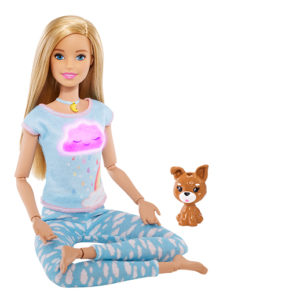


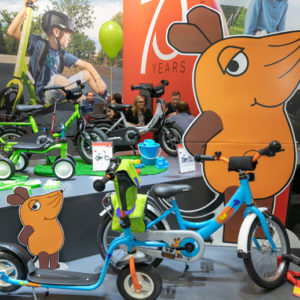
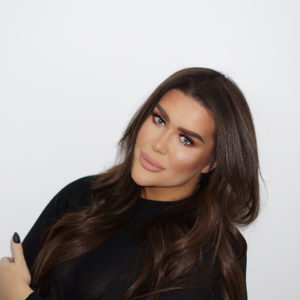



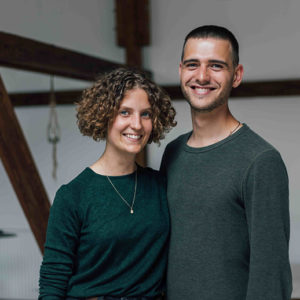
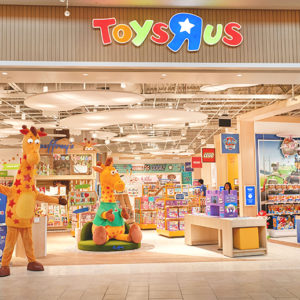



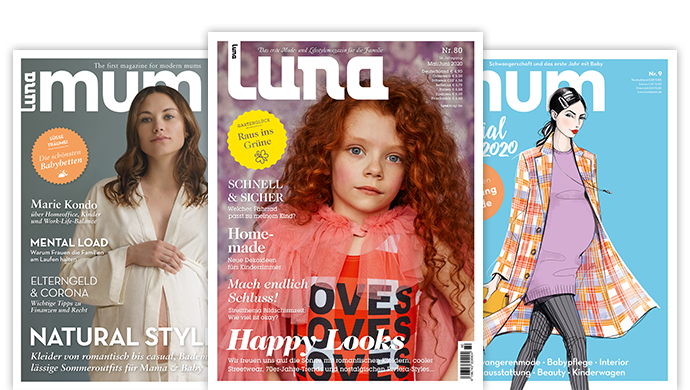
Leave a Reply